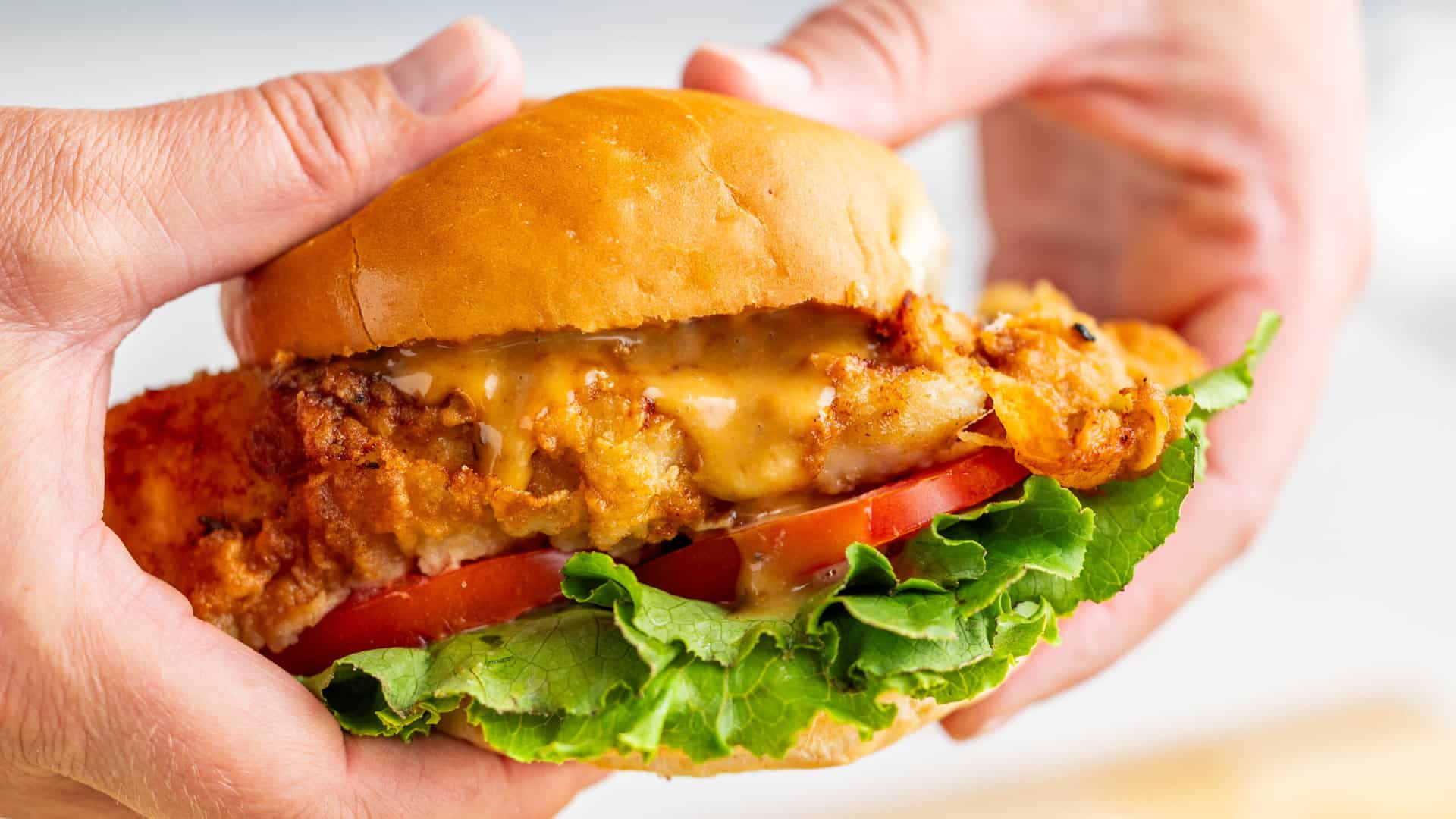Why It Works
- Staggering the cooking occasions of the greens ensures that all of them retain the proper texture and shade required for an awesome charquicán.
- The dish’s important taste is produced by beginning the dish with a conventional Chilean onion-based sofrito.
By midday, all over the place in Chile it smells the identical. Lunch—the primary meal of the day—is on the best way: From the home windows of homes, faculty kitchens, and eating places, the distinctive aroma of sofrito—the compulsory preliminary step for a lot of Chilean dishes—makes your abdomen rumble. Likelihood is excessive that what’s for lunch is nutritious and homey charquicán, a timeless stew discovered on Chilean tables of every kind.
Critical Eats / Estudio Como
Charquicán is a democratic dish, a combination of semi-mashed potatoes and zapallo squash, floor or diced beef, and colourful seasonal veggies, all of it delivered to life by a sofrito. In Chile, sofrito is an fragrant concoction of sautéed minced onion, carrot, and crimson bell pepper, seasoned with cumin, ají de shade (the native paprika), oregano, black pepper, and, fairly often, garlic. Getting the sofrito proper is half of the success for this dish, and likewise a good way of attending to know the core of Chilean delicacies.
It’s attention-grabbing that the phrase “charquicán” itself reveals its pre-Hispanic origins: Essentially the most accepted theories agree that it combines “charki,” which suggests “sun-dried meat” within the Quechua language, and “kangkan” or “cancan,” which means “roasted” or “stewed” in Mapudungun, the Mapuche language. Initially, it was made with salted, sun-dried meat from guanacos (a wild llama relative); after the Spaniards colonized, horse meat after which beef grew to become well-liked. These days, whereas charqui is a well-liked journey snack—principally bought close to tolls alongside the freeway—it is extremely seldom that Chileans prepare dinner the unique meat jerky model (“jerky,” it is value noting, additionally comes from the phrase charki).
Critical Eats / Estudio Como
The commonest, on a regular basis model is made with diced or floor lean beef, however the dish can change with the placement and seasons. In the summertime, charquicán would possibly remodel into tomaticán, a model of the stew the place seasonal ripe tomatoes and the native humero corn are added. There are additionally variations completely with out meat, like luchicán and cochayuyicán, which use luche or cochayuyo seaweeds as an alternative of meat; the just about extinct vaicán, with dried hake and typically seafood favored within the Bío Bío area; and, curiously retaining the identical identify, a meatless model—similar as my recipe, aside from the meat—often served at upscale eating places as a riff on the unique model and eaten as a aspect with long-cooked meats such at plateada, the Chilean model of brisket.
The late Chilean folklorist Oreste Plath has described many extra variations of charquicán in his articles about Chilean delicacies, masterfully compiled by the Nacional Library in “Geografía Gastronómica de Chile” (and accessible in full here). No matter kind it takes, it’s at all times a filling, balanced, and attractive dish.
The recipe I share right here features a small private innovation: Most recipes name for both including the meat to the cooked sofrito within the pot, making it inconceivable to brown the meat and develop a scrumptious fond, or browning the meat first however then cooking the sofrito on high of it, which overcooks the meat and results in cardboardy meat. To realize correct browning whereas not overcooking the meat, my model begins by browning diced beef—my private choice over floor beef—then eradicating it from the pot to prepare dinner the sofrito; then the meat is not returned to the pot till a lot later within the cooking course of making certain that it gained’t over prepare dinner and dry out.
Critical Eats / Estudio Como
To simplify the cooking course of and scale back dishes, I even have designed the recipe to make use of only one pot. To make sure every ingredient is cooked simply the correct amount, I’ve rigorously timed the addition of every one. Many different recipes take a unique strategy by concurrently cooking the meat, potatoes and squash, and seasonal greens in three separate vessels without delay. Whereas this cuts down on the cooking time, it means you will have extra dishes to scrub. However, much more importantly, my testing has made it clear that cooking every part individually after which combining them in the direction of the top of the method leads to a dish that’s not as cohesive in taste or texture as one the place it is all stewed collectively.
In Chile we eat charquicán by itself or topped with one or two fried eggs—at all times with a really runny yolk. I like to recommend the latter and likewise including a couple of items of fast pickled onions or the outdated type Chilean cebollas en escabeche (crimson wine vinegar slow-pickled onions); the recipe is included under.
Critical Eats / Estudio Como








